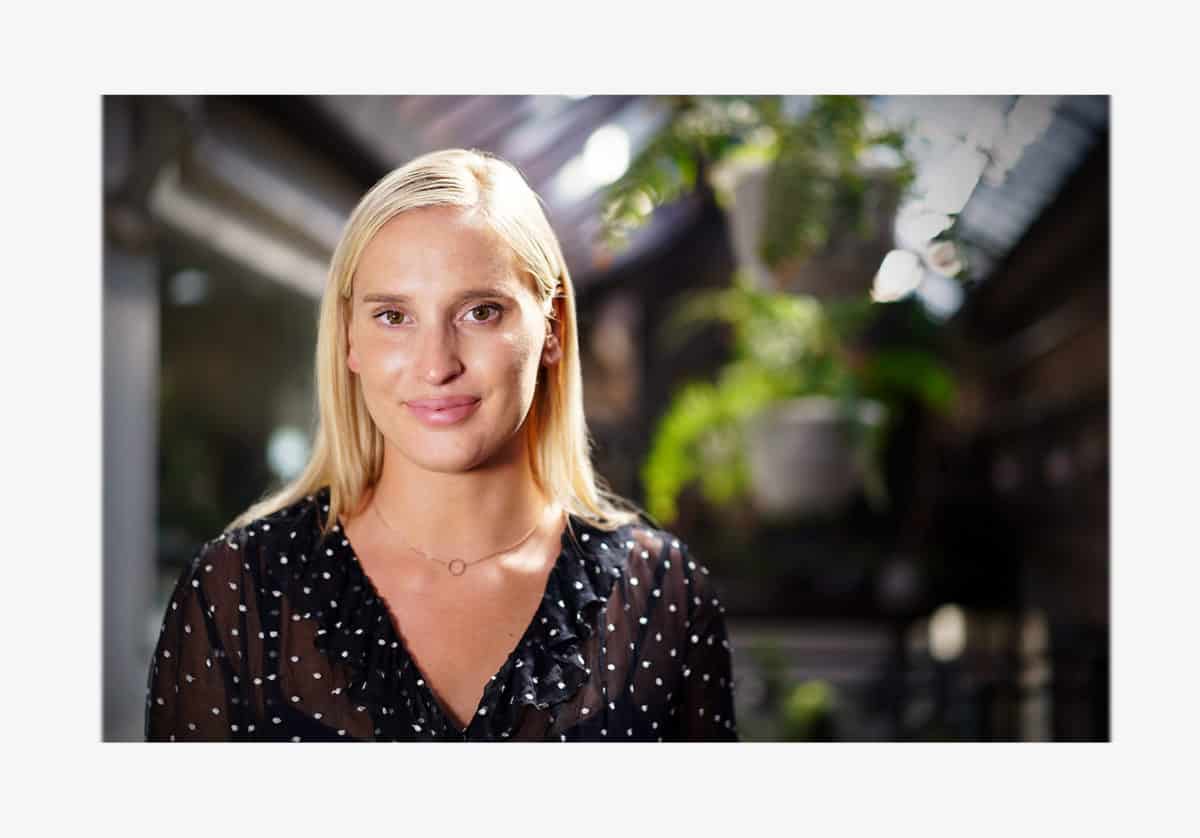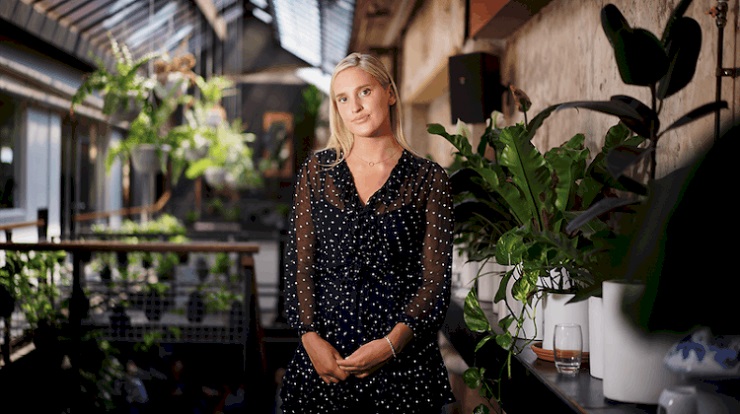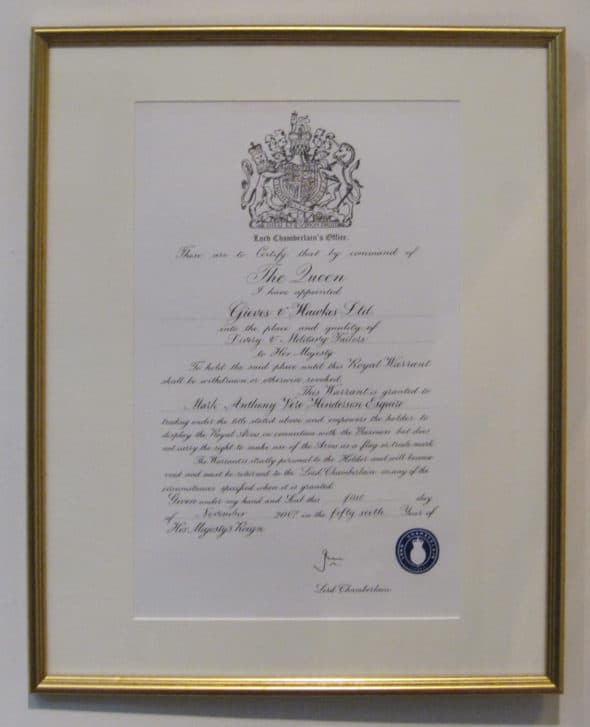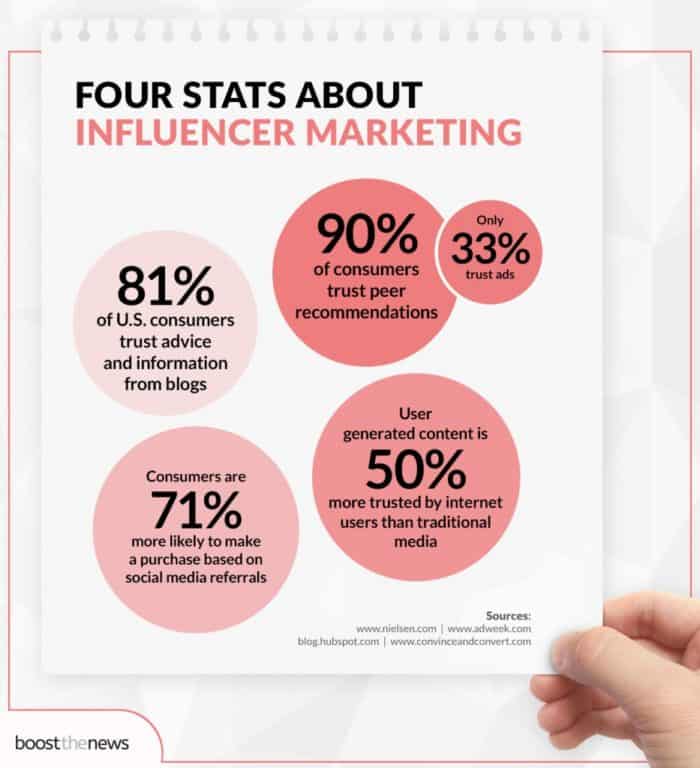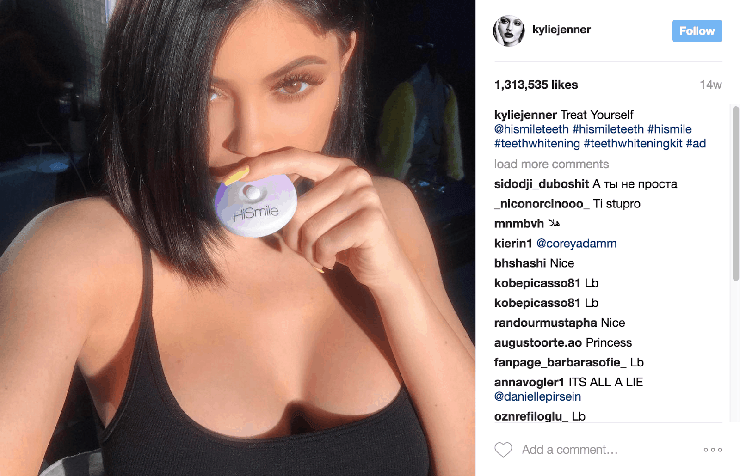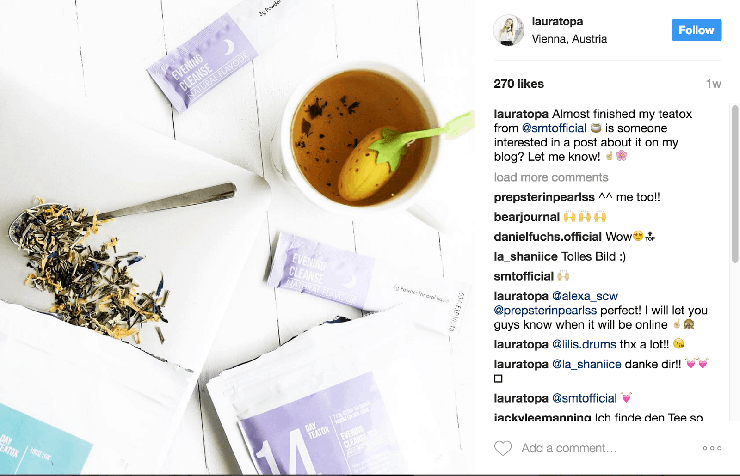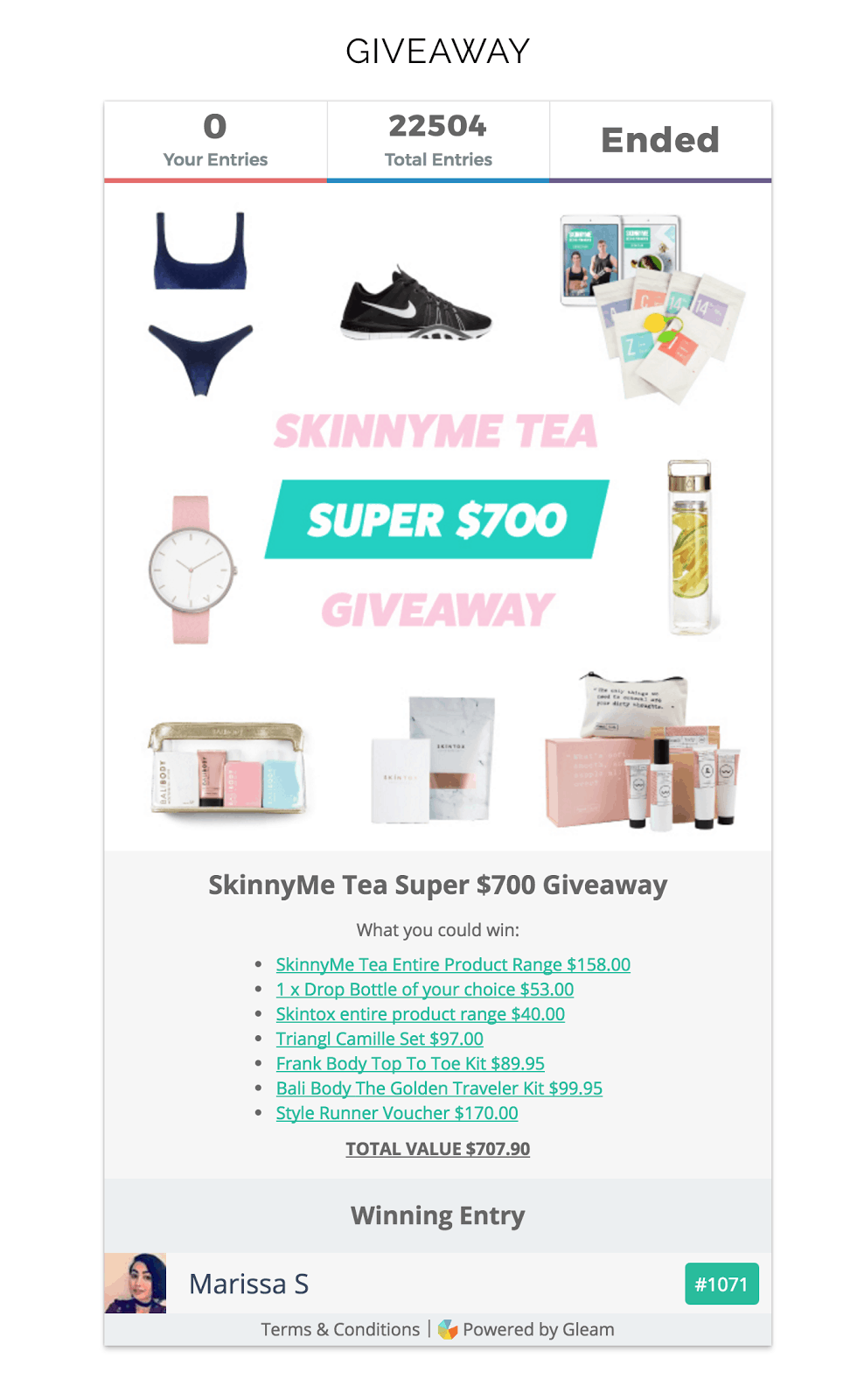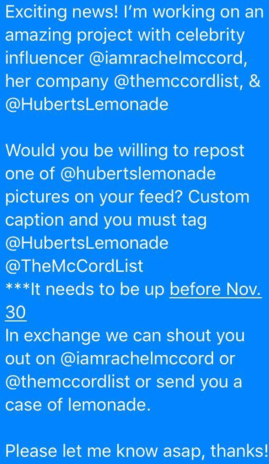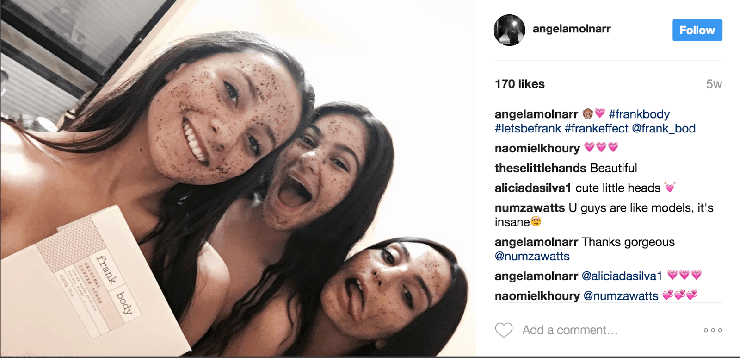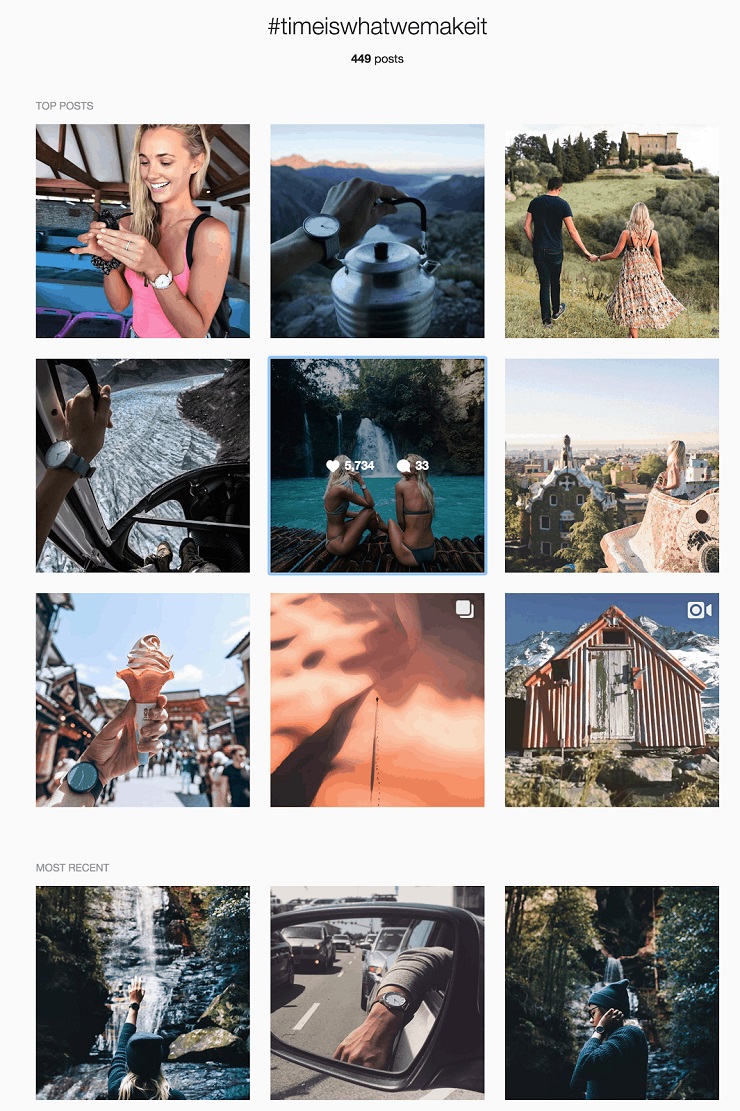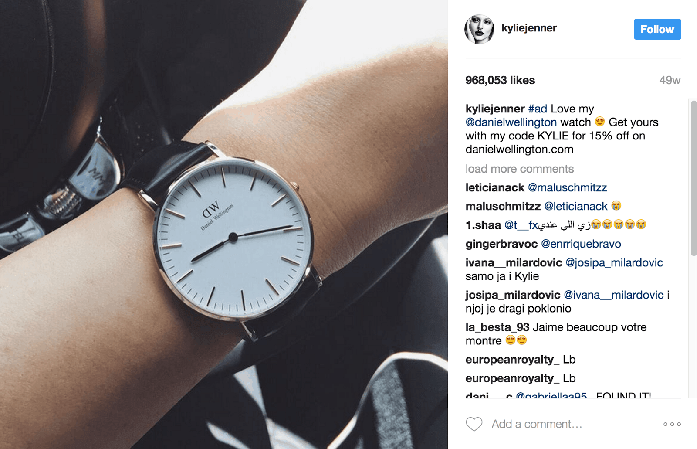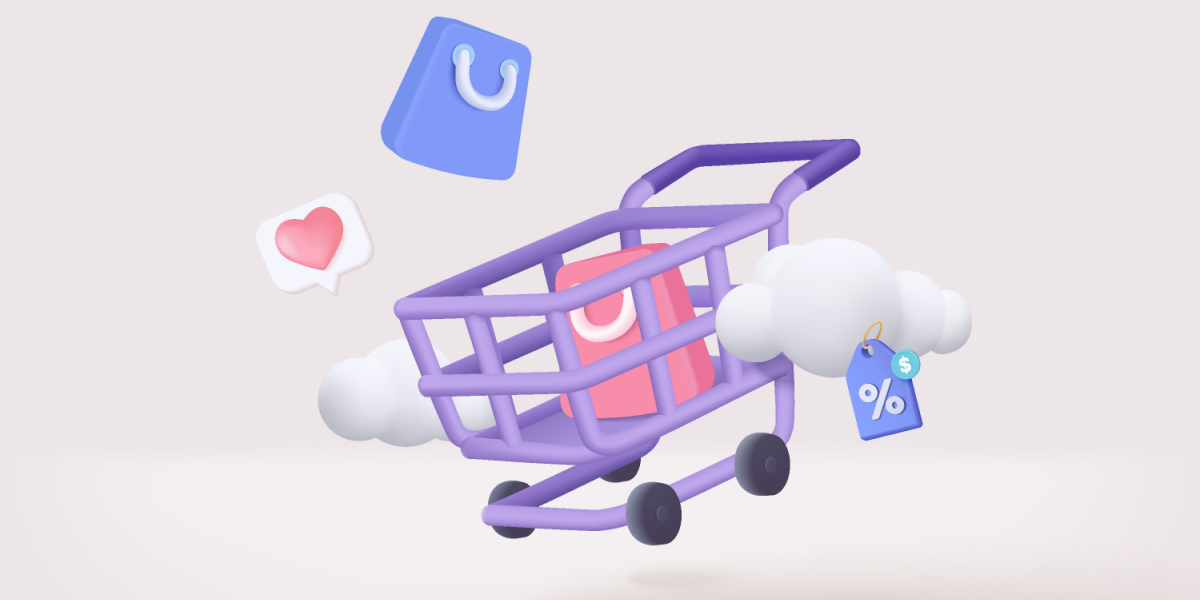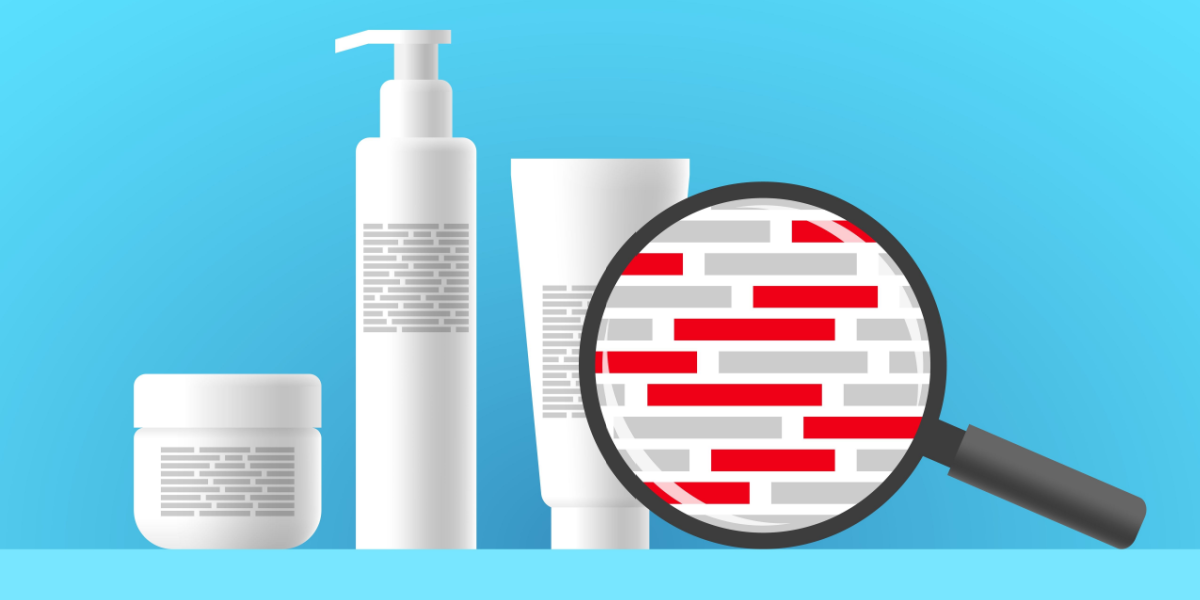In 2012, Gretta Rose van Riel had $24 in her bank account. But armed with a keen eye for trends, a talent for marketing, and some entrepreneurial hustle, a 22-year-old van Riel built herself a multimillion-dollar business called SkinnyMe Tea, which launched not only a product, but an entire “teatox” market.
On that achievement alone, she won Shopify’s Build-a-Business Competition, beating out tens of thousands of other ecommerce businesses from around the globe.
While that alone is pretty impressive, even more so is the fact that she then went on to repeat the process many times over, and now sits at the helm of a whole suite of multimillion-dollar businesses.
At last count, she’s co-founded The 5th, a global watch brand with a unique twist on selling; Drop Bottle, an innovative drink bottle that combines function with cool design; and Nichify, the world’s first network for brands and influencers.
And that’s just in the past five years.
While you could chalk it all up to an incredible streak of luck, or some secret pact with a red-eyed man you meet at the crossroads, the undeniable truth is that van Riel has developed a formula for succeeding in the world of ecommerce. In short, van Riel is for real.
That’s why we’ve been so excited to not only speak with her on the Foundr Podcast about just how she does it, but also to work with her on our latest online course, in which we show you exactly how to build ecommerce businesses from scratch.
To give you a little preview of what you can expect, you can check out our interview with her here:
Or read on, as we break down the backbone of Gretta’s multimillion-dollar formula: influencer marketing.
Influence Marketing With Gretta Rose van Riel
How To Tap Into the Amazing Power of Influencer Marketing For Your Ecommerce Businesses
A recent survey found that 84% of marketers are planning on running at least one influencer marketing campaign in 2017.
While it might seem like the latest buzzword or marketing trend, influencer marketing is actually one of the oldest tactics in business, with marketers way back in the 18th century already recognizing just how powerful it is to find someone with an audience and get them to promote your product.
“Basically an influencer is someone that has an audience’s attention and can influence their audience on a brand’s behalf to buy the products they recommend,” van Riel says.
As early as 1809, businesses like Gieves and Hawkes would proudly display endorsements they received from the Royal Family to promote their services.
Sure, influencer marketing has gotten a bit of a facelift, and has certainly evolved in the past couple of centuries, but the core tenet has remained the same.
More than just a trend or simple marketing trick, for van Riel, influencer marketing is the backbone of all her entrepreneurial endeavors. In her view, influencers have something that can take years to build, and only seconds to destroy: the trust of a customer.
By partnering with influencers, brands now have a way to shortcut the process of building trust by borrowing the trust these influencers have built already.
“Brands used to be more of a trusted authority point for a consumer, and now consumers are feeling disillusioned by a lot of brand history. The main importance of influencer marketing is that influencers not only have the audience’s attention but also have the audience’s trust,” she says.
“It’s that trust component that makes influencer marketing so important and that makes it so effective as well. It’s the most effective digital marketing technique there is right now in terms of ROI.”
A report by McKinsey backs this up, finding that word-of-mouth influences 20% to 50% of all buying decisions. Another report by Nielsen found that 92% of people trust recommendations from individuals, even if they don’t know them, over brands.
Source: Boost The News
Instead of bombarding your customers over and over again with ads, influencers allow you to market directly to your customers through someone they already trust. Not only does this help you gain more exposure for your brand and your business in general, but the real win is that the leads you generate through influencers are more qualified and more likely to become lifelong customers.
“Studies have shown that influencer marketing leads to a 37% higher retention rate of customers … because those leads are more qualified, because they already have identifiable feeling towards your brand when you’re signing up,” says van Riel.
“They can remember why they signed up in the first place, which image resulted in that sign-up and so then they identify that with your brand on a more ongoing basis, because they’ve got that emotional attachment as well to your product.”
Finding the Right Influencers Who Can Explode Your Ecommerce Businesses
For van Riel, the first step in mastering influencer marketing is to know exactly who the right influencers are to work with.
While it may be tempting to assume that all you need to do is get in contact with a high-profile celebrity and just pay them to give you a shout-out, the reality is that to get the returns you want, it takes some work.
Just because someone has a large audience, doesn’t necessarily mean that they’re the right influencer for you to work with. You want someone whose personal brand aligns with your brand’s identity and core values.
The best influencers to work with, no matter how large or small their audiences, are those who actually care about your product. Remember that the entire point of influencer marketing is that influencers have an authentic relationship and trust with their audiences. You don’t want to abuse that trust; you want to strengthen it.
If you have someone doing a casual shout-out that’s completely out of place from their regular style, or putting up multiple branded posts in a single day, you’ve effectively missed the point of influencer marketing.
Macro Influencers
This is why van Riel doesn’t actually advocate working with macro influencers, or high-profile celebrities who have large audiences that are not necessarily very engaged.
People sometimes talk about how they purchased a post from a macro influencer and sold out of their product as a result, van Riel says. But they probably had a relatively small amount of stock in the first place, and meanwhile, the fee is in the neighborhood of $300,000.
“I haven’t heard one brand actually regenerate all of the sales they spent on that one post with a macro influencer like a Kylie Jenner,” she says.
Unless you happen to have a close personal relationship with a macro influencer, and you can ask them to promote your brand in an authentic way, it’ll be difficult to get truly qualified leads.
Micro Influencers
With her own influencer marketing efforts, van Riel focuses the bulk of her attention on micro influencers, those who might not necessarily have a huge following or social reach, but have much higher levels of trust and engagement with their audiences.
“You might be really surprised by the influencers. We find especially the micro influencers, because they have that high level of trust and because their feeds aren’t as saturated with branded content, that sometimes they provide some really surprising results,” van Riel says.
“Every time I see somebody that fits our audience and demographic—health-conscious female with over 1,000 followers and out of high school too, which was one of my criteria for her to be over 18—every time I’d see them, I’d screenshot them and I’d reach out to them on Instagram…. I would just literally put a comment, grab their email, and send them some tea.”
Other Brands
Another untapped source for influencer marketing that not enough people are taking advantage of is other brands in their niche. For van Riel, it’s always been about collaboration over competition. If two brands are the in the same niche, but aren’t direct competitors with each other, there’s no reason they can’t collaborate with one another.
“If you’re doing a body scrub, that’s really good for your skin. If you’re drinking a detox tea at the same time, that wouldn’t be an unusual thing to happen. People often use that product side-by-side, so why not team up to create that content and scale at half the price?” van Riel says.
By teaming up with another brand in your niche, you’re immediately opening yourselves up to each other’s audiences, who you know are interested in what you both have to offer.
How To Work With The Best Influencers And Not Lose Them
Now that you’ve figured out what influencers you want to work with, it’s time to engage them and draft them into your influencer marketing campaign.
It’s always best to try and establish a personal relationship with them first. Even sending them a simple message saying that you enjoy their feed and their posts is great start.
Source: Shopify
Something to keep in mind, though, is that influencers, just like anyone else, want to get paid for their time. While you can do this in a variety of ways, from outright giving them money to do a post for you, to giving away a sample of your product, you can’t go in expecting something for nothing.
Paying Your Influencers
A recent study by Mediakix found that the influencer marketing industry on Instagram alone is expected to reach a whopping $1.07 billion this year alone.
“Influencers do more than just posting something to their feed. A lot of them are incredible content creators. They would have to take that photo on their camera and spend an hour editing it as well, so it must be hugely disappointing if that post was not paid for, because you’ve spent hours of your life generating that content,” van Riel says.
Depending on the budget you have for your influencer marketing campaign, there’s a variety of options you can use to pay an influencer. For one, you can pay them a commission based on the number of conversions they deliver, but that can be difficult to manage.
The most traditional method is to offer a payment-for-post deal, where you’ll pay the influencer for a certain number of posts or shoutouts.
“Once you start working with influencers, you get the idea of how much each payment-for-post might be. Under 20,000 followers might be $50 to $100 a post; 50,000 followers might be $100 to $200 a post; 100,000-plus could be $200 to $500 a post; 500,000 followers would cost $1,000 easily a post” van Riel says.
“If the influencer has a very unusual content style that people could automatically identify with them, and they are kind of a leader in their community, then you should be willing to pay more to access that kind of influence.”
Allowing Creative Freedom
Something that van Riel stresses when it comes to working with influencers is that you don’t want to treat an influencer as if they’re just a graphic designer, or an agency that you’ve commissioned work from.
While it’s more than okay to give them something like a mood board, or examples of what you’d like the post to look like, what you don’t want to be doing is giving them exact details and specifications of what you want the post to end up looking like.
Source: Web Design Report
“It’s an influencer’s job now to stay as authentic and real and organic with their audience as possible. That is their role. It’s a brand’s job to allow that influencer to propagate their creative decision. You should not be saying, post these exact words. It’s really unfair to the influencer and it’s not going to have good results via brands. An influencer knows their audience,” van Riel says.
No one knows their audience better than the influencers themselves, so by trying to force them to fit your brand instead of the other way around, you’re risking that sense of authenticity that influencer has with their audience.
You must always remember that when it comes to influencer marketing, you’re not paying for the content, you’re paying for the relationship.
Your Influencer Marketing Campaign Success Blueprint
Alright, here comes the good part. This is what you’ve been waiting for, right? The exact tactics that Gretta Rose van Riel uses, over and over again, for all of her businesses.
Here are the three main tactics you need to know to create an influencer marketing campaign that kills:
The Thunderclap
The thunderclap strategy is one of the most effective ways to use your influencers, especially if you’re planning a big product launch.
Basically, a thunderclap is when you get as many influencers as you can to promote your product within the same time frame. This was done with great success when van Riel was launching The 5th, her designer watch company.
Before the official launch, van Riel sent out 30 timepieces to influencers.
“We were able to send out 10 timepieces to influencers with over 100,000 followers and 20 timepieces to influencers with under 50,000 followers. And those influencers with under 50K were able to generate awesome branded content that we started using to generate demand about the product. That resulted in our amazing first day sales,” van Riel says.
Each influencer was given instructions on when to post, and to include a strong call-to-action asking their audience to sign up to The 5th’s waiting list.
“We were able to garner about 8,000 really, really qualified leads,” she says. Their first run of 1,000 sold out, meaning they had a super-high conversion rate of one out of eight, compared to a more common rate of one to 20, or even one to 40.
The Trendsetter
The next influencer marketing tactic you can start using is The Trendsetter, which helps you generate interest and demand through your influencers. This is a great tactic to start building more sustained exposure for your brand.
The first step is to pinpoint what clusters and communities your target audience is following. You want to be able to engage with that community as a whole, so you’ll want to create a shortlist of all the influencers within that cluster.
This is because similar audiences often follow the same people. By focusing on certain key influencers, you can distribute your message across the entire community through just a few people.
Once you’ve created a shortlist of those influencers, it’s time to do a little homework and figure out who the macro influencers and leaders are within that group, and then another list of micro influencers.
“You’d want to engage maybe 10 to 20 micro influencers to each one macro influencer. You’ll want to get the macro influencer to do their post first, and then that inspires the content of the micro influencers. It obviously makes sense that rather than just having one post by somebody with just 5,000 to 10,000, you could have 20 to 50 posts of micro influencers with the same reach, but with entirely different ways of accessing that audience and customers,” van Riel says.
Use your macro influencers to influence your micro influencers and help you set the stage. It’ll make it a lot easier for you when you do eventually reach out to the micro influencers.
By engaging with your influencers in this order, you can ensure that the ball gets rolling and everyone in your target audience is talking about you.
The Social Proof
Whether it’s having customers give reviews of your product, do unboxings, or simply share photos, you want to be able to leverage as much user-generated content as possible.
Humans are social creatures and we rely on other people to help us determine if something is good or not. People like to see other people interacting with your product, and know that they’ve had a positive experience. This is where social proof comes in.
One of the best forms of social proof is user-generated content. You want to be able to show your audience the positive experiences that real customers have had with your brand.
“A great way to get users and your customers to create the images you want is by using those micro influencers for constant content generation. Your customer will use that as inspiration to then create content based off that.”
Use your micro influencers to help you get the ball rolling so that your customers will be more likely, and feel less intimidated, to post branded content. You can even take this further by incentivizing your customers to produce user-generated content for you through giveaways or competitions.
The Power of Influencer Marketing
Through the power of influencer marketing, Gretta Rose van Riel has managed to establish herself as a serial entrepreneur and founder to be reckoned with. And with the right combination of ingenuity, hustle, and tactics, there’s nothing stopping you from achieving the same with your own businesses.
Influencer marketing isn’t just a trend that’s going to come and go. It’s literally existed for centuries, and it’s still going gangbusters to this very day. Just ask Gretta!
You can learn more of Gretta’s insights on how to not only use influencer marketing, but actually build an ecommerce business from scratch, including how to design a product, the best ecommerce platforms to use, and how to make your first million. Explore our free training series to find out how.
